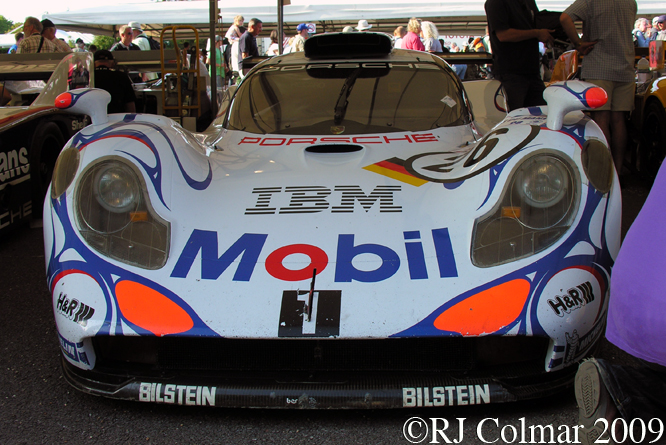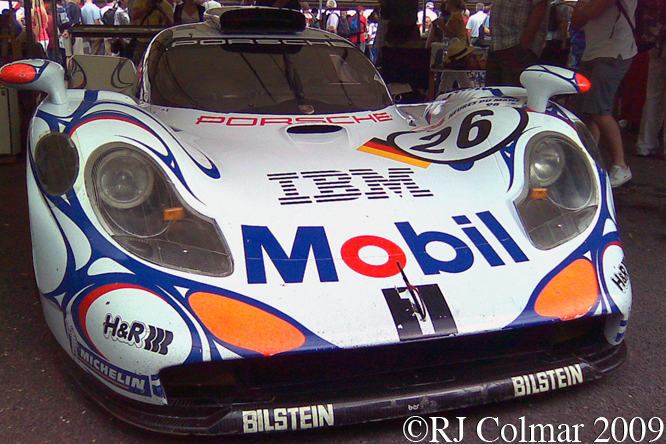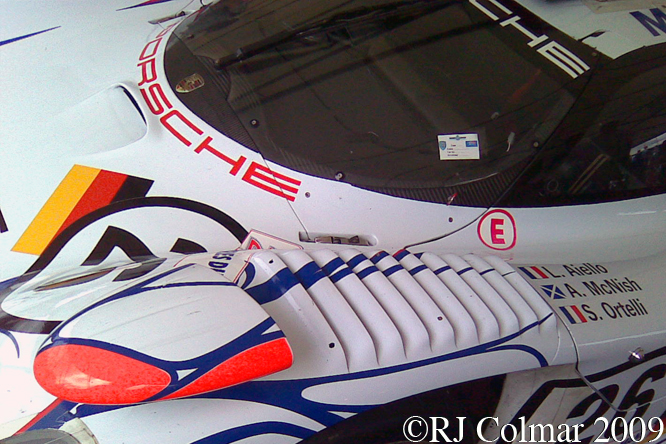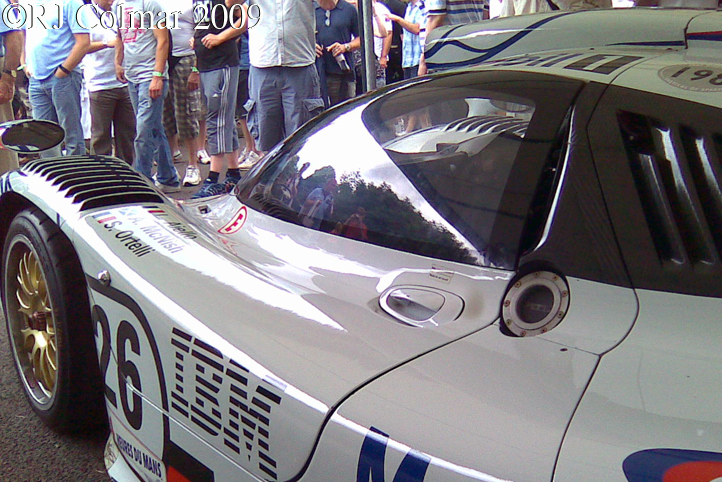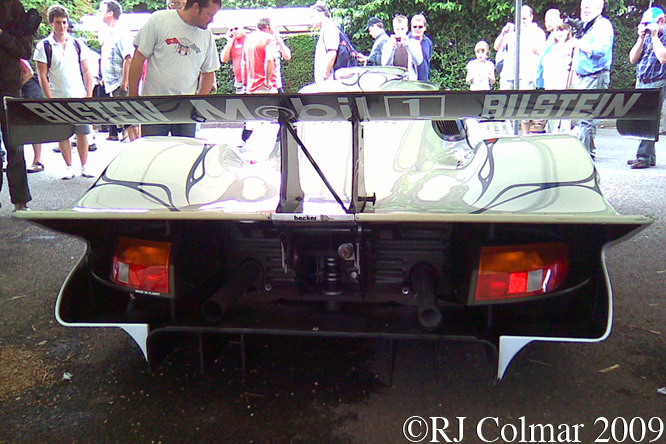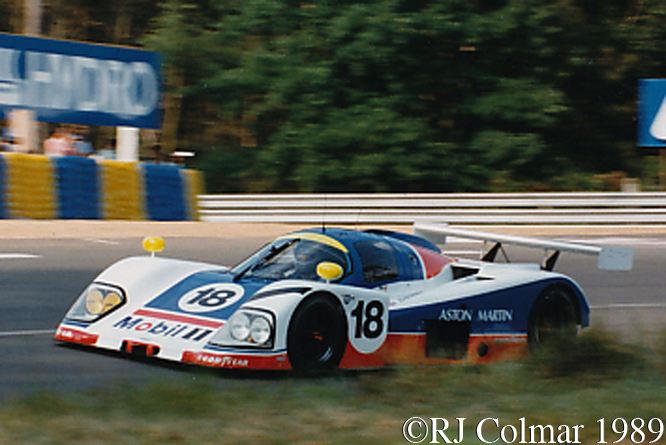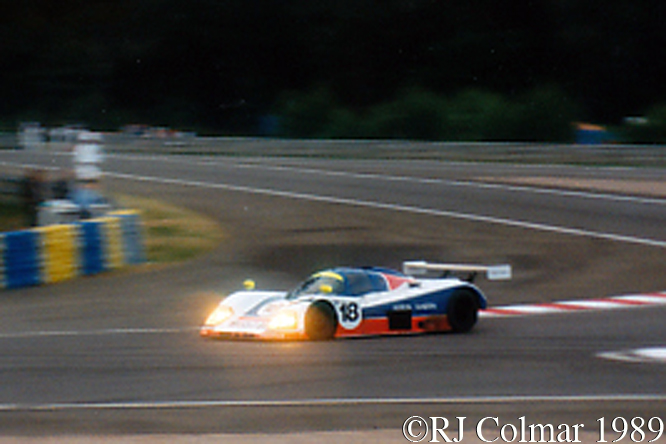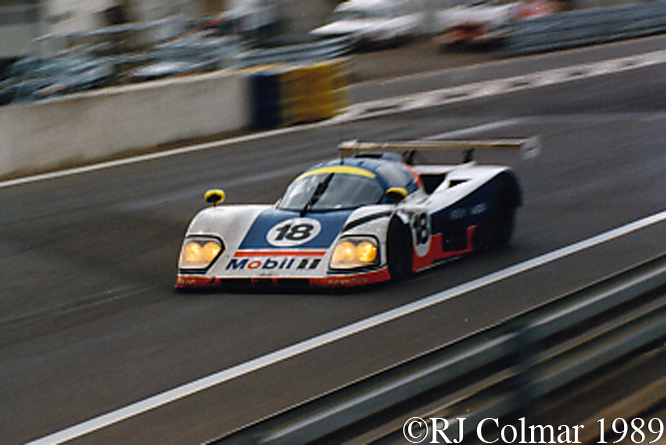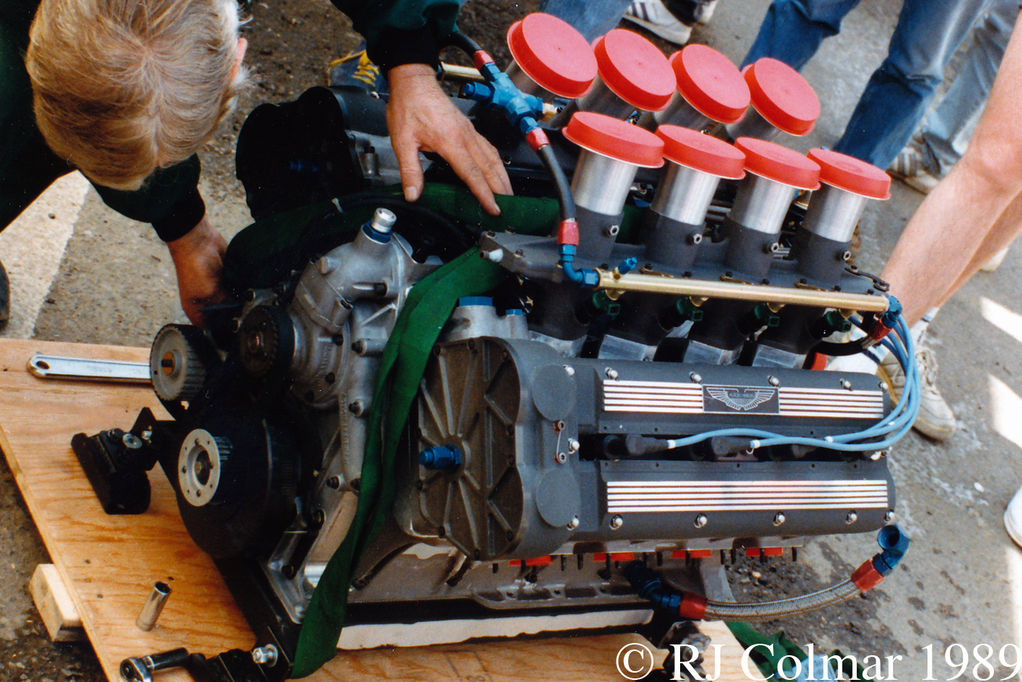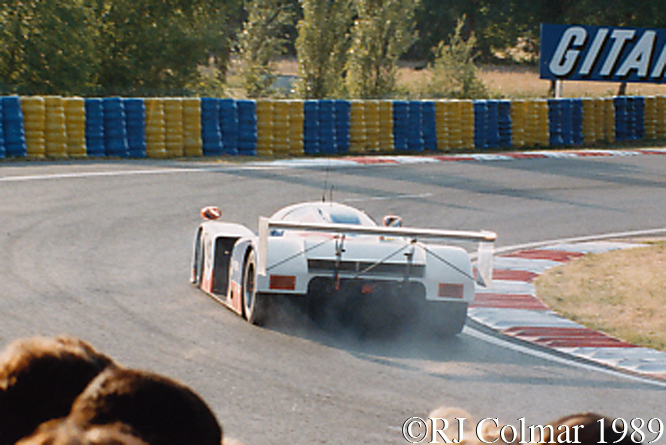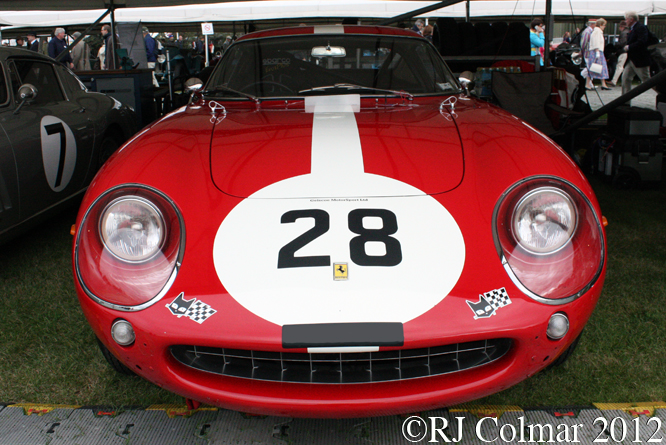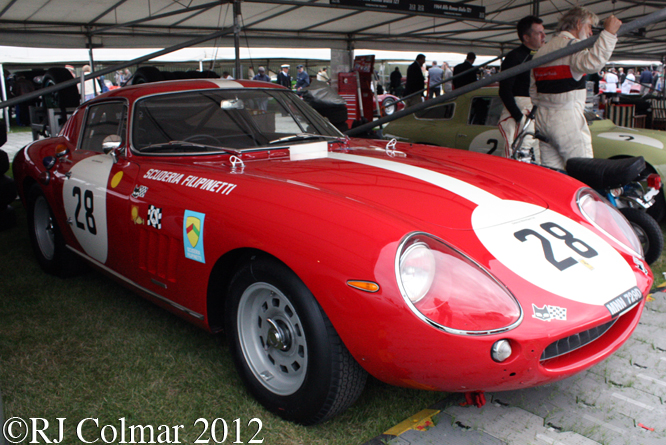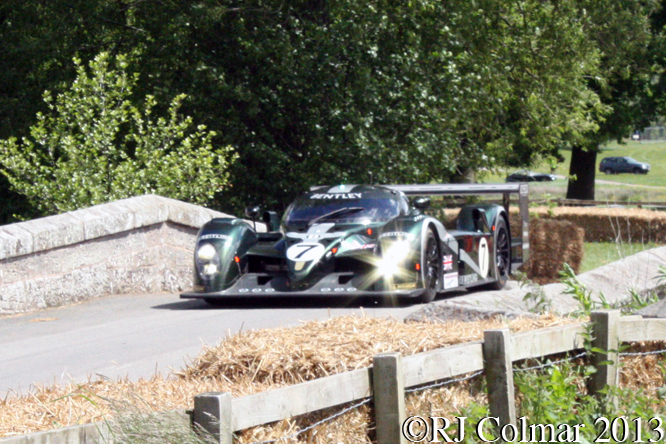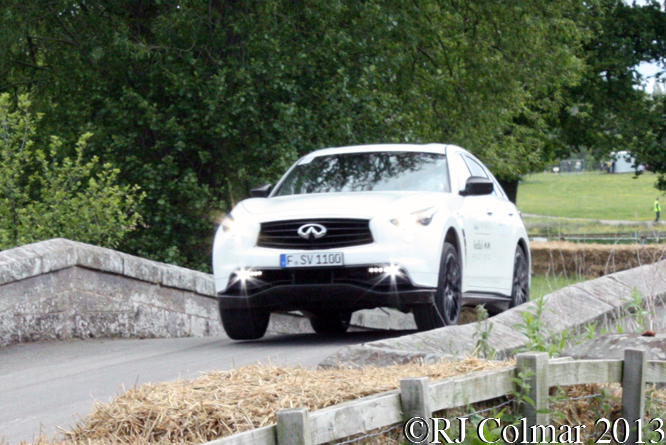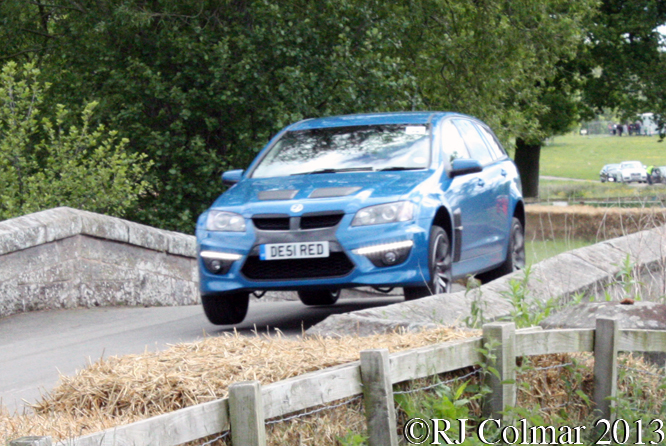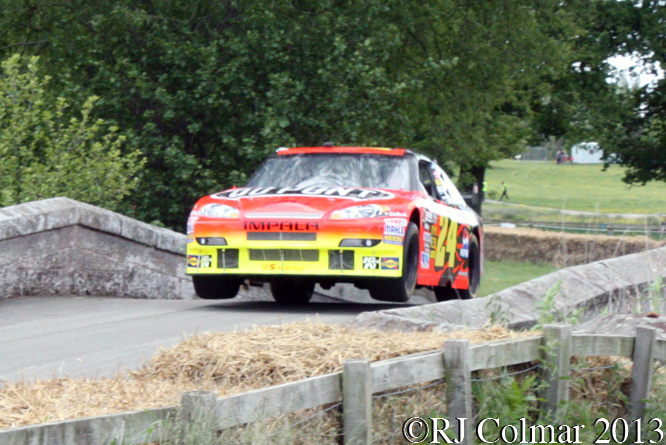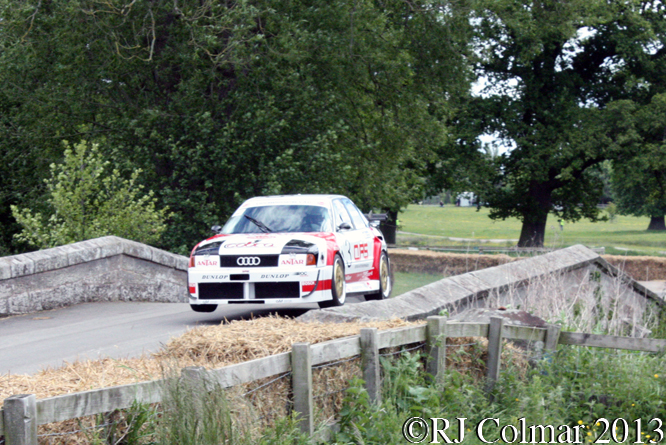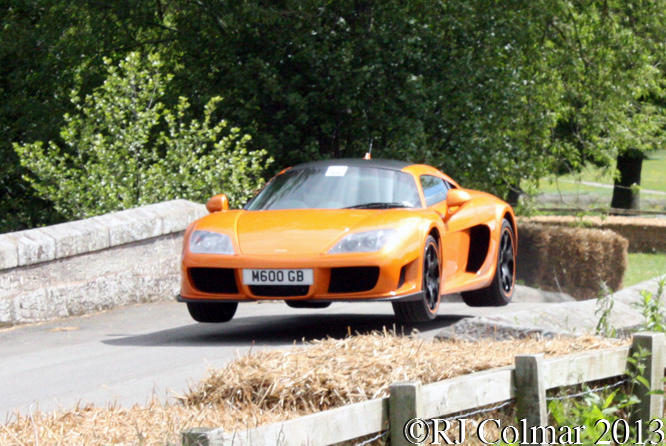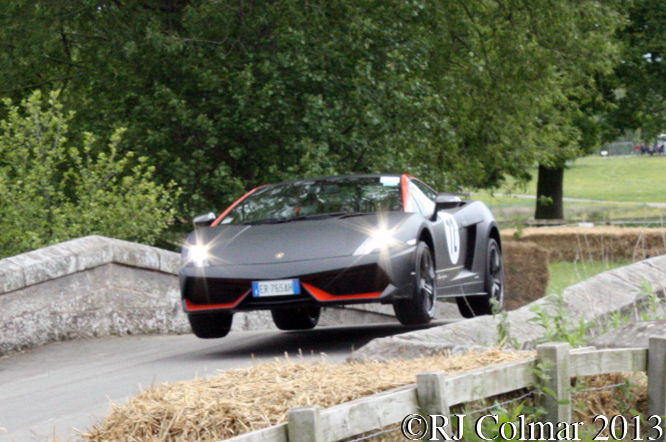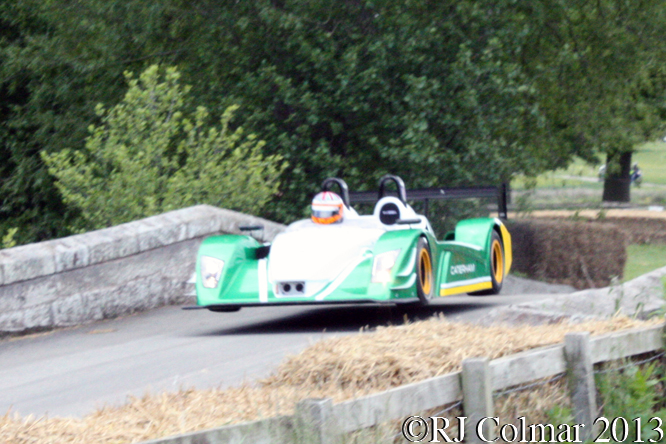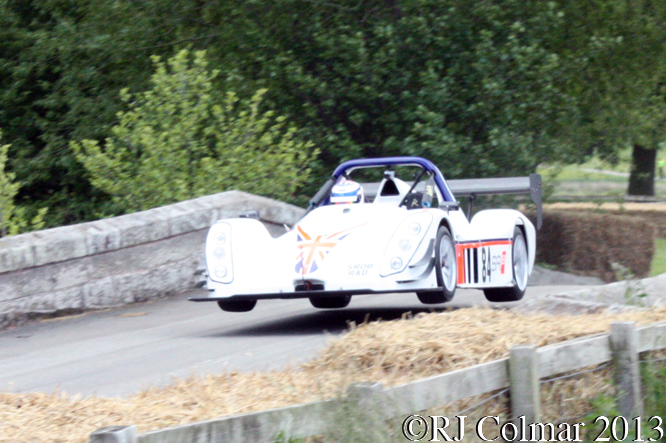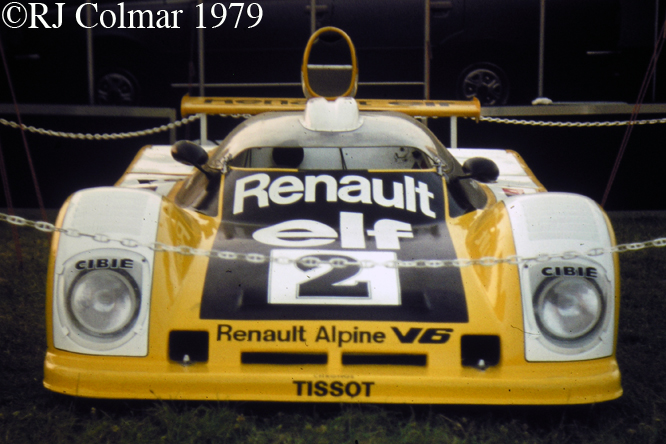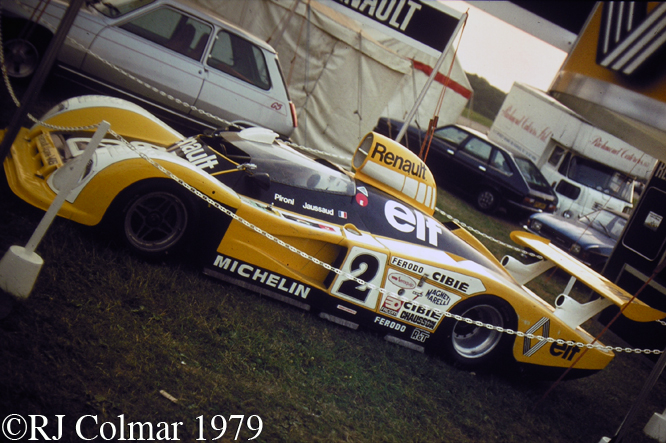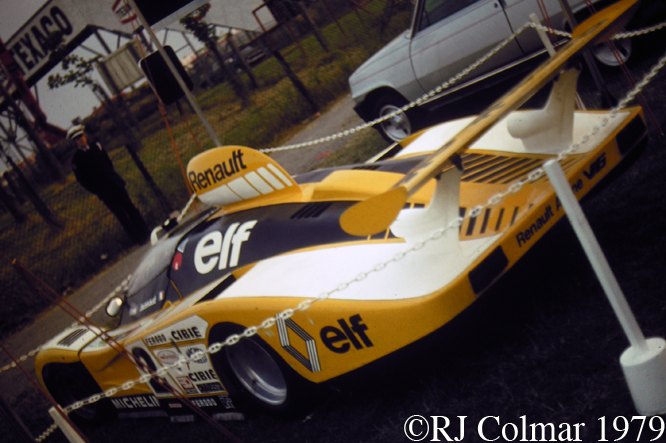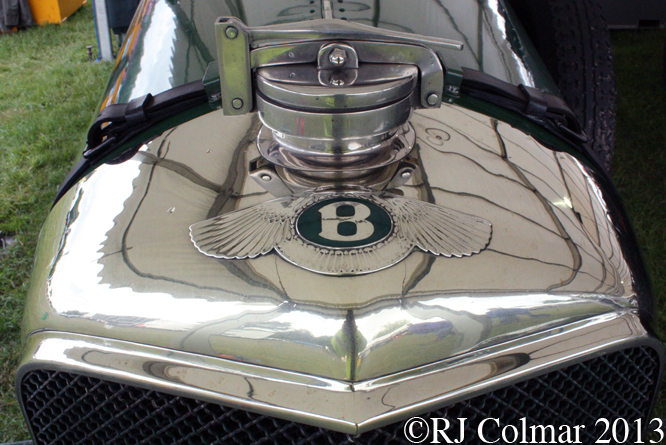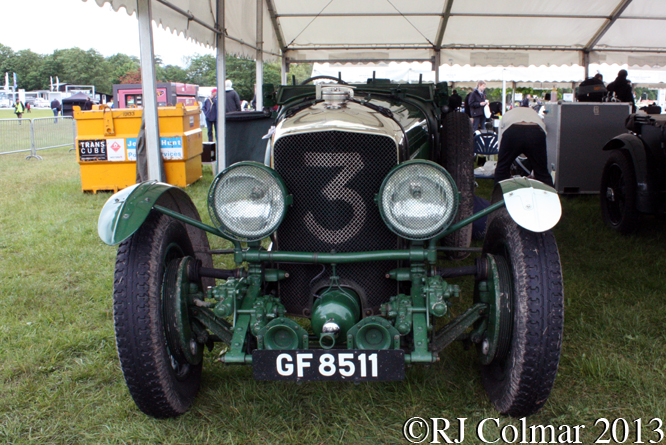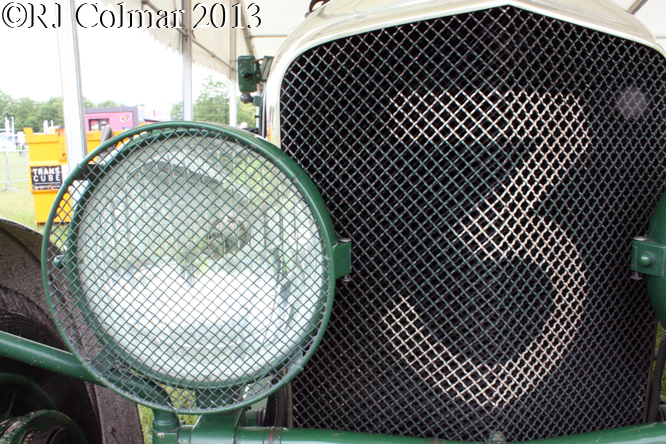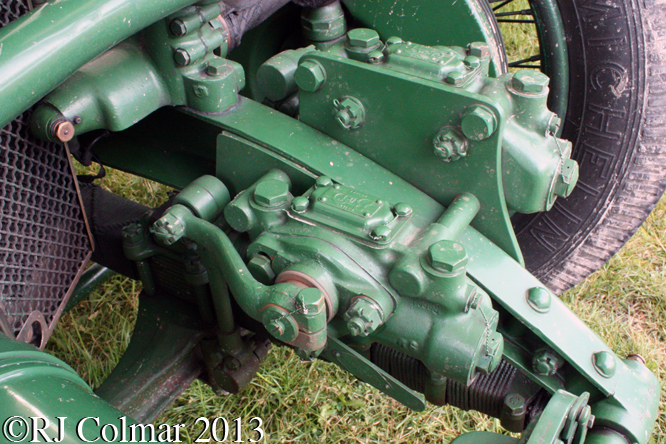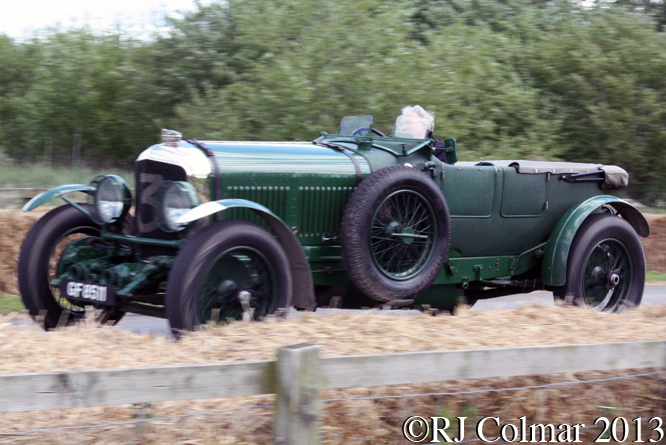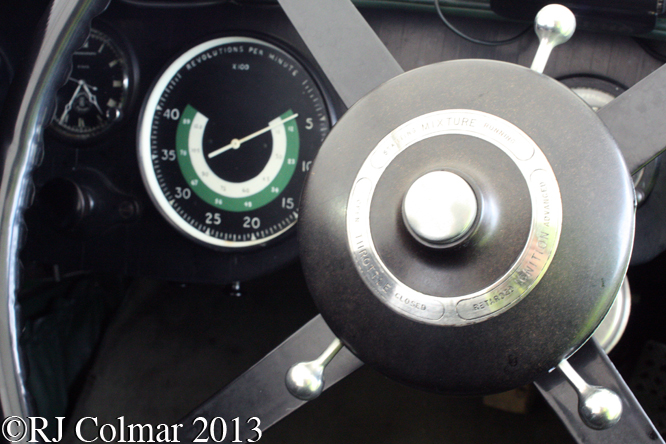In 1967 Philadelphian sports car racer Ray Heppenstall persuaded his friend Tom Fleming that a conventional sports car with an aircraft gas turbine engine might make a competitive racing car. Fleming, sales vice-president of Howmet a major suppliers of precision castings to the aircraft gas turbine industry, and Heppenstall in turn convinced the board of Howmet that such a program would be a great way to promote their business.
Two spaceframe chassis based on a Can Am design were built and fitted with Continental TS325-1 turboshaft motors that were donated from a batch of ten motors Continental had developed for a failed observation helicopter contract. The motors produced 330 hp and were given a 3 litre / 183 cui equivalency rating by the regulation governing FIA. In order to comply with the reverse gear regulations a separate electric motor drive was employed.
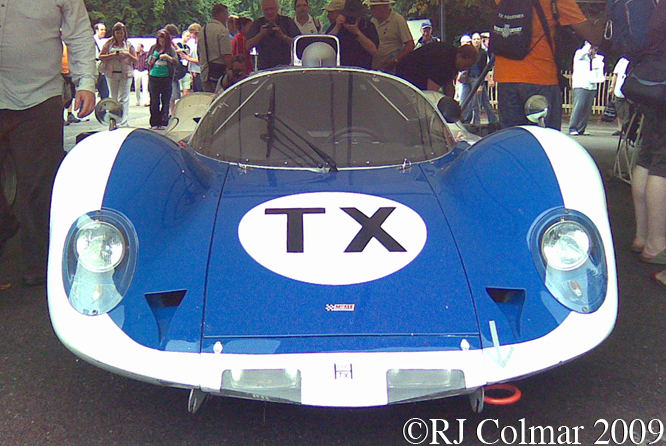
Today’s featured car chassis #2 is the second of the two Howmet’s built with a slightly longer wheel base. The week after Ray had recorded the teams first victory and the first ever for a gas turbine powered car at Huntsville, Dick Thompson repeated the feat driving #2 at Marlboro winning the SCCA Preliminary then sharing the car with Ray to win the 300 mile feature race.
In July ’68 Ray and Dick shared chassis #2 again to come home third overall and first in class at the Watkins Glen 6 hour race behind a pair of 4.7 litre / 286 cui Ford GT40’s.
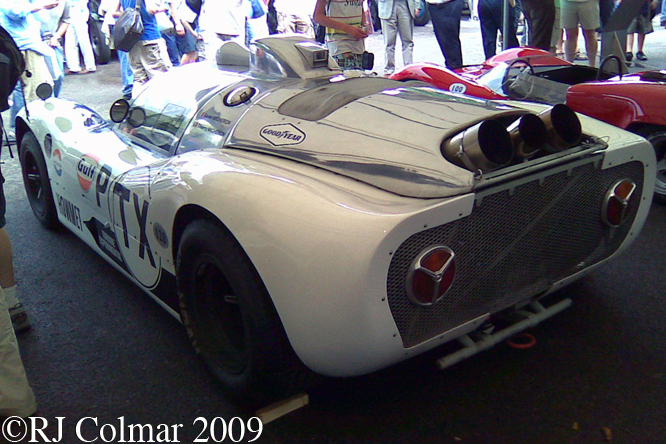
Ray recorded a third place finish driving chassis #2 at Donnybrook in August ’68 before both Howmet’s were shipped to Europe for the Le Mans 24 Hours, which had been delayed until September from it’s usual June date by civil unrest and strikes involving 11,000,000 French workers.
#2 was the faster of the two Howmets in qualifying for the 24 hour endurance classic Dick and Ray qualifying 20th two seconds faster and four spots ahead of the sister machine driven by Hugh Dibley and Bob Tullis. In the race the cars were hampered on the corners because the single gear was designed to optimise performance on the 4 mile Mulsanne straight.
Dibley / Tullis were disqualified after a three hour pit stop to change a rear hub bearing for covering insufficient distance after seven hours, while #GTP2 had a faulty fuel control which restricted the cars top speed to just 100 mph. During the evening Dick lost control and rolled the car at the slightly banked Indianapolis corner.

Note the rear lights sourced from the original iteration of the Ford Cortina, according to Bob Mckee other proprietary parts used to finish the Howmet included front indicators from a Ferrari, Porsche wipers, modified Triumph steering and Mustang door latches.
Howmet withdrew their support for the project after Le Mans having determined the disadvantages of throttle lag, running the car with a single gear, absence of engine braking and high fuel consumption were insurmountable issues for competitive entries in the long run.
Ray Heppenstall rebuilt #GTP2 with open spyder bodywork and in 1970 timed by IMSA officials recorded six World Records for standing starts over 1/4 mile, 1/2 km and 1 km distances in two weight divisions for vehicles upto and over 1000 kgs. Ray’s fastest speed of 167.97 mph was recorded in the lighter division over 1 km all set on a stretch of open road adjacent to Talladega Super Speedway !
With the motors returned to Continental Ray bought the worlds only gas turbine powered race winning cars for a nominal dollar from Howmet in 1971. Chuck Haynes had Bob McKee restore #2 back into Coupé form in 1996, it is now fitted with an Allison 250C18 turboshaft helicopter motor which is lighter but with a similar power output to the original.
My thanks to Pete Stowe for additional in formation on the Hownet’s regarding the records chassis numbers and a quote from Bob Mckee on the proprietary parts used.
Thanks for joining me on this “Rolling Into Records” edition of “Gettin’ a li’l psycho on tyres” I hope you will join me again tomorrow. Don’t forget to come back now !
PS Push to Pass Latest Formula One news and opinion today at Motorsports Unplugged
